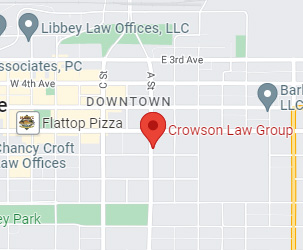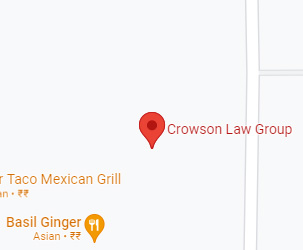Rear End Collisions: Safe Following Distance
If you have been injured as a result of someone else’s negligence you may be eligible for compensation by way of a personal injury claim. One of the key elements to receiving compensation is being able to prove the negligence or fault of the other driver. This article will discuss the ‘safe following distance’ rule that comes up in rear end accident cases.
If you have filed an insurance claim or personal injury lawsuit after a rear end car accident, a matter that comes into question is whether or not the tailing driver kept a safe following distance. This in itself is a crucial factor in establishing fault. In a typical rear end collision case the driver of the vehicle that was struck from behind must show that the tailing driver:
- Did not use proper care and caution under the circumstances while driving
- Failure to use proper care caused the collision and resulting damages
As long as the above elements can be established by the person filing an insurance claim or lawsuit in a rear end collision case then the tailing driver will be deemed liable for the accident and financially responsible for any injuries and property damages caused by the accident. Therefore, it is of the utmost importance that drivers are aware of what a safe following distance constitutes under different road conditions.
The 3 Second Rule
The main cause of most rear end accidents is following the car in front of you too closely, this is referred to as tailgating. As such it means that the driver fails to maintain a safe following distance in the seconds leading up to the accident. In order to prevent people from tailgating many states have issued driver manuals informing people how to follow the 3 second rule. This rule can be considered the gold standard when it comes to figuring out whether a following distance is safe under the circumstances. Basically the 3 seconds rule requires that you select a stationary object on the road and when the vehicle ahead of you passes this object, you count 3 seconds before you reach that object. If you reach the stationary object within the 3 seconds you are tailgating. However, when the conditions on the road are unfavorable such as during rainy and icy conditions or when visibility is limited it is necessary for you to add an extra second or two to the 3 second rule.
There are a number of factors that affect safe following distance such as unpredictable road conditions and driving distractions. According to the Centers for Disease Control and Prevention (CDC), a vehicle travelling at 55 miles per hour will cover about 60 feet before the average driver can react to a hazard or other situation. Therefore, it is important to keep the following factors in mind which may delay your stopping time and/or reaction time:
- Obscured vision
- Drowsiness or illness
- Older brakes
- An unfamiliar or larger vehicle
- The speed at which your vehicle is travelling
- Driving while distracted
Rear end collisions are common, but liability issues can become complex, for legal representation seek out the best personal injury compensation lawyers.


